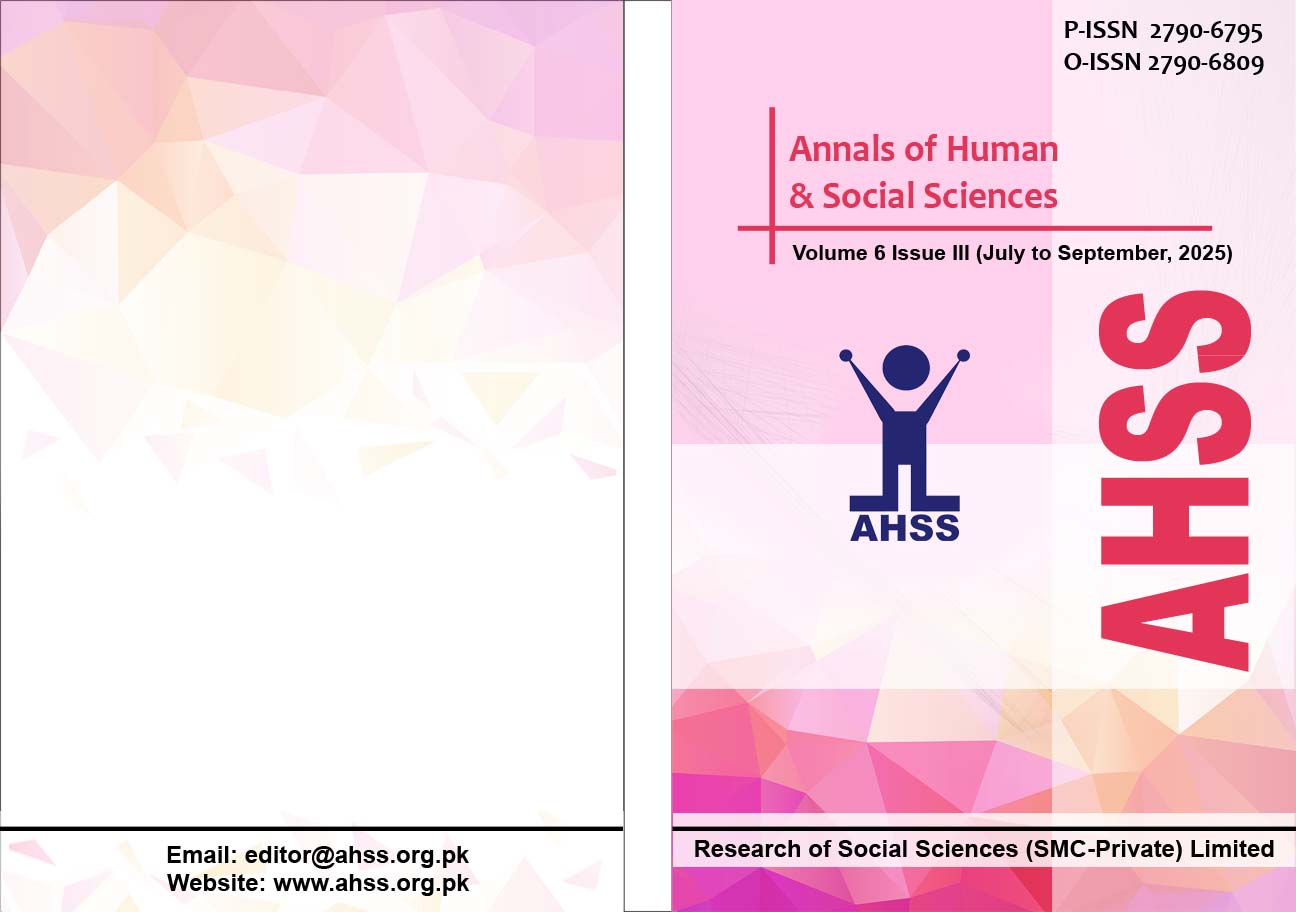Relationship between Seasonal Affective Disorder and Fibromyalgia among Type 2 Diabetics: Moderating Role of Sleep Quality
DOI:
https://doi.org/10.35484/ahss.2025(6-III)56Keywords:
Diabetes, Fibromyalgia Relationship, Treatment StrategiesAbstract
Type 2 diabetes is generally associated with depression and seasonal affective disorder. This study examined sleep quality, seasonal affective disorder, and fibromyalgia in demographic variables. Purposive sampling of 200 patients with type 2 diabetes was recruited from clinics and hospitals. Using the Pittsburgh Sleep Quality Index, the Seasonal Pattern Assessment Questionnaire, and the Fibromyalgia Rapid Screening Tool, researchers found that poor sleep quality is predictive of fibromyalgia and seasonal affective disorder, and that sleep quality moderates the effect of fibromyalgia on seasonal affective disorder, with higher levels of fibromyalgia related to higher levels of seasonal affective disorder among those with poor sleep quality. Additionally, sleep quality, fibromyalgia symptoms, and seasonal affective disorder differed significantly by gender, climatic zone, and vitamin D levels, suggesting that clinicians should consider focusing treatment strategies on sleep quality in patients with type 2 diabetes, fibromyalgia, and seasonal affective disorder.
Downloads
Published
Details
-
Abstract Views: 133
PDF Downloads: 65
How to Cite
Issue
Section
License
Copyright (c) 2025 Annals of Human and Social Sciences

This work is licensed under a Creative Commons Attribution-NonCommercial 4.0 International License.

RESEARCH OF SOCIAL SCIENCES (SMC-PRIVATE) LIMITED(ROSS) & Annals of Human and Social Sciences (AHSS) adheres to Creative Commons Attribution-Non Commercial 4.0 International License. The authors submitting and publishing in AHSS agree to the copyright policy under creative common license 4.0 (Attribution-Non Commercial 4.0 International license). Under this license, the authors published in AHSS retain the copyright including publishing rights of their scholarly work and agree to let others remix, tweak, and build upon their work non-commercially. All other authors using the content of AHSS are required to cite author(s) and publisher in their work. Therefore, RESEARCH OF SOCIAL SCIENCES (SMC-PRIVATE) LIMITED(ROSS) & Annals of Human and Social Sciences (AHSS) follow an Open Access Policy for copyright and licensing.






